Imagine this: you’re a master of preparation, ready for any twist of fate that comes your way. Your emergency kits are stocked to the brim with food, water, and all the essentials. You’ve got evacuation routes mapped out for every possible disaster, and you can spot potential risks from a mile away. But in the midst of all this planning, there’s one crucial aspect that often gets overlooked: your furry companions.
We’ll dive into the nitty-gritty details of integrating your furry friends into your emergency plans, ensuring their safety and well-being no matter what comes your way. From essential supplies to evacuation strategies, we’ve got you covered with all the information you need to keep your pets happy, healthy, and safe during any crisis.
So grab your favorite furry friend, settle in, and let’s make sure you’re both ready to face whatever challenges may come your way. Because when it comes to prepping, every member of the family—including the four-legged ones—deserves a spot on the priority list. Let’s get started!
#1. Make a Plan

Just as you have an evacuation plan for your family, it’s crucial to make one for your pets, considering factors such as transportation, shelter, and potential hazards in your area.
Identify pet-friendly shelters or hotels along any evacuation routes and include them in your plan.
#2. Keep Vaccines Up To Date
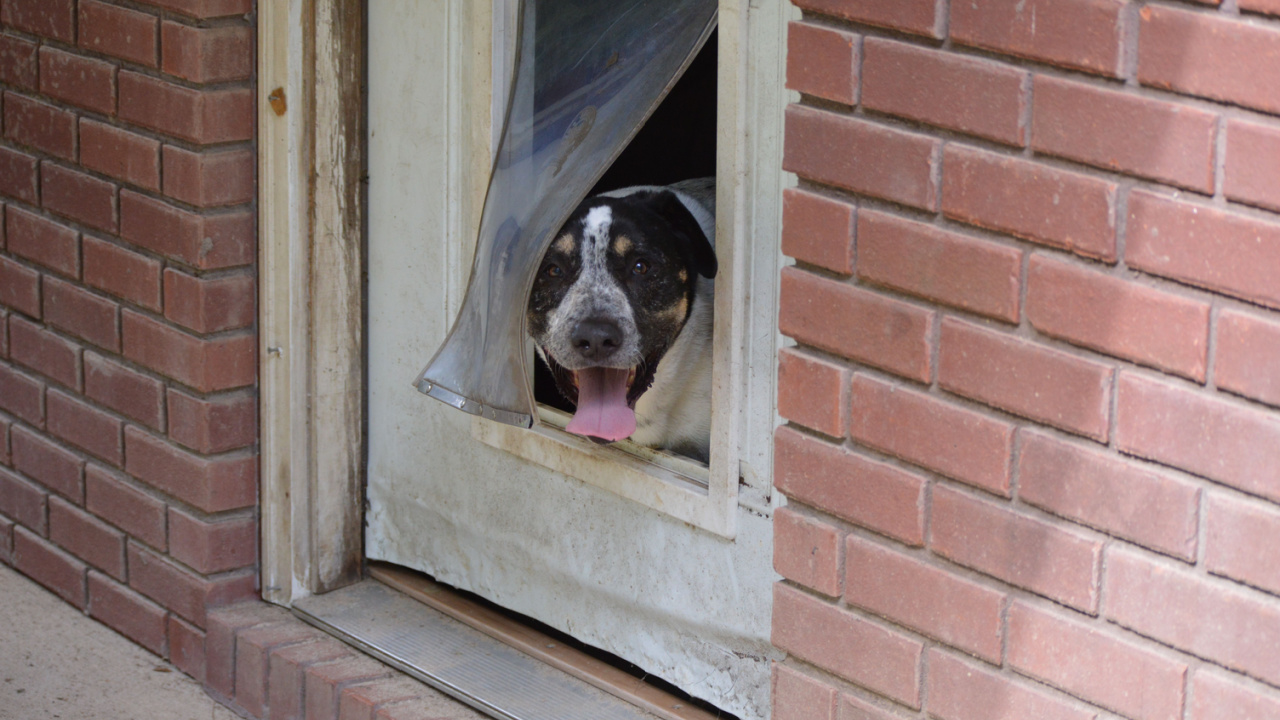
During a disaster, your pet might encounter new animals and surroundings.
Keeping their vaccinations current can curb disease transmission and safeguard their well-being.
#3. Keep Records Updated

In an emergency, it’s helpful to have your pet’s medical records with information such as vaccines, medical conditions, and medications easily accessible.
Have a copy of their updated medical records if you need to visit a new vet outside your area.
#4. Pet Food
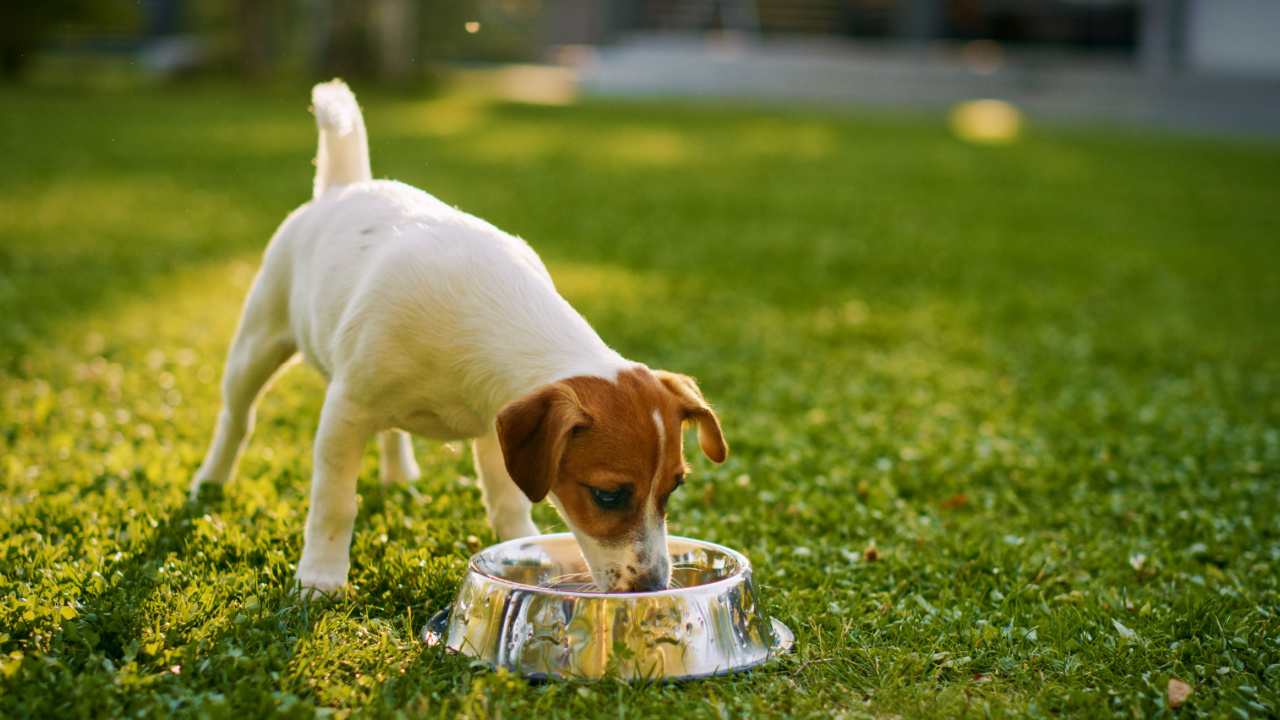
Make sure to have at least a two-week supply of both wet and dry food for your pet because, in an emergency, it may be difficult to find your pet’s specific brand of food.
A stockpile can ensure your pet has enough to eat during the disaster.
#5. Water

The general rule is to have one gallon of water per day for each animal in your household.
If you have multiple pets, it’s a good idea to have a large container or several smaller ones filled with water and stored in a cool, dry place.
#6. Pet Meds
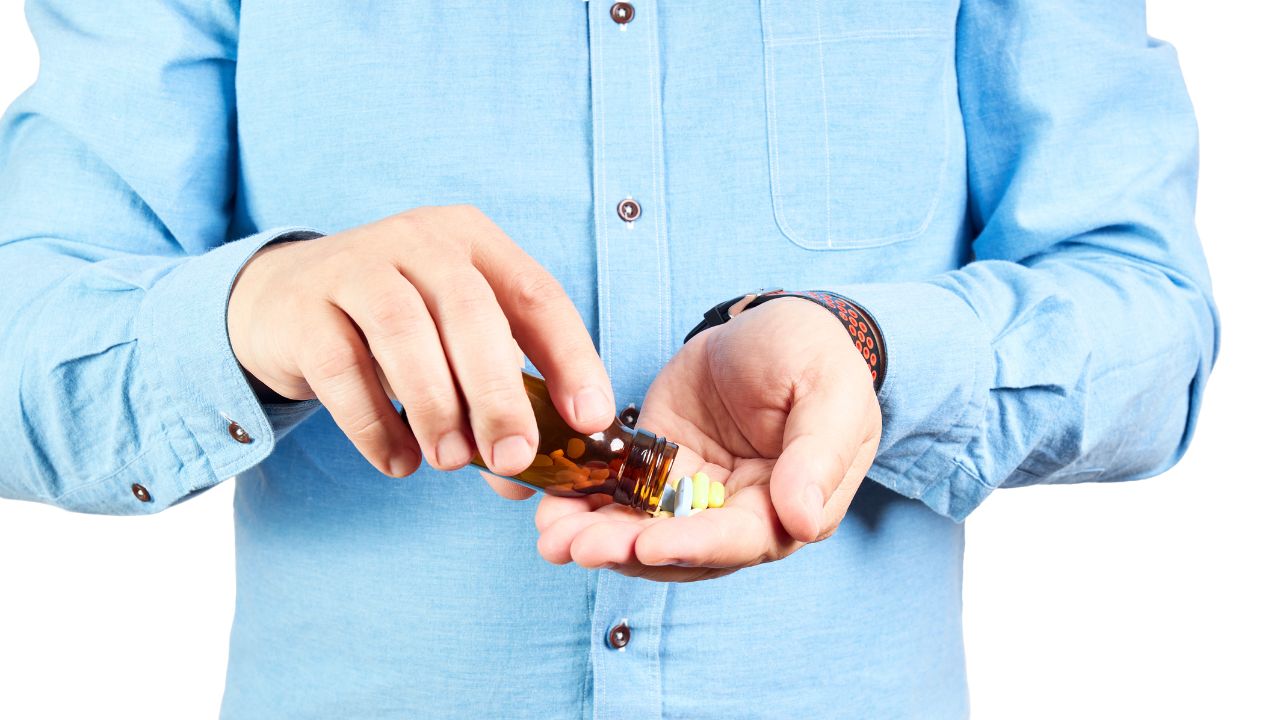
In case of injury or illness, it’s important to have extra medication for any necessary medications that your pet needs regularly.
Regularly check expiration dates on all medications and replace them as needed.
#7. Microchip
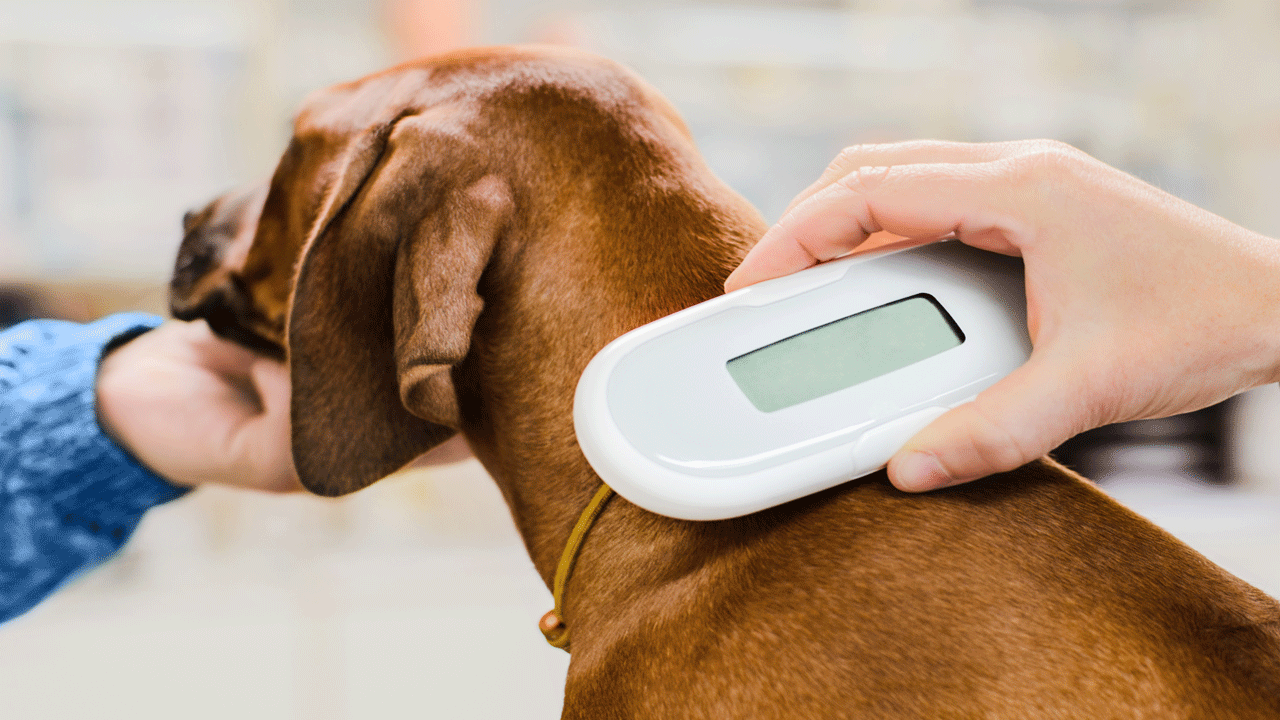
If your pet becomes separated from you during a disaster, having them microchipped can significantly increase the chances of being reunited.
Keep your contact information updated with the microchip company to ensure a smooth reunion process.
#8. Socialize Your Pet
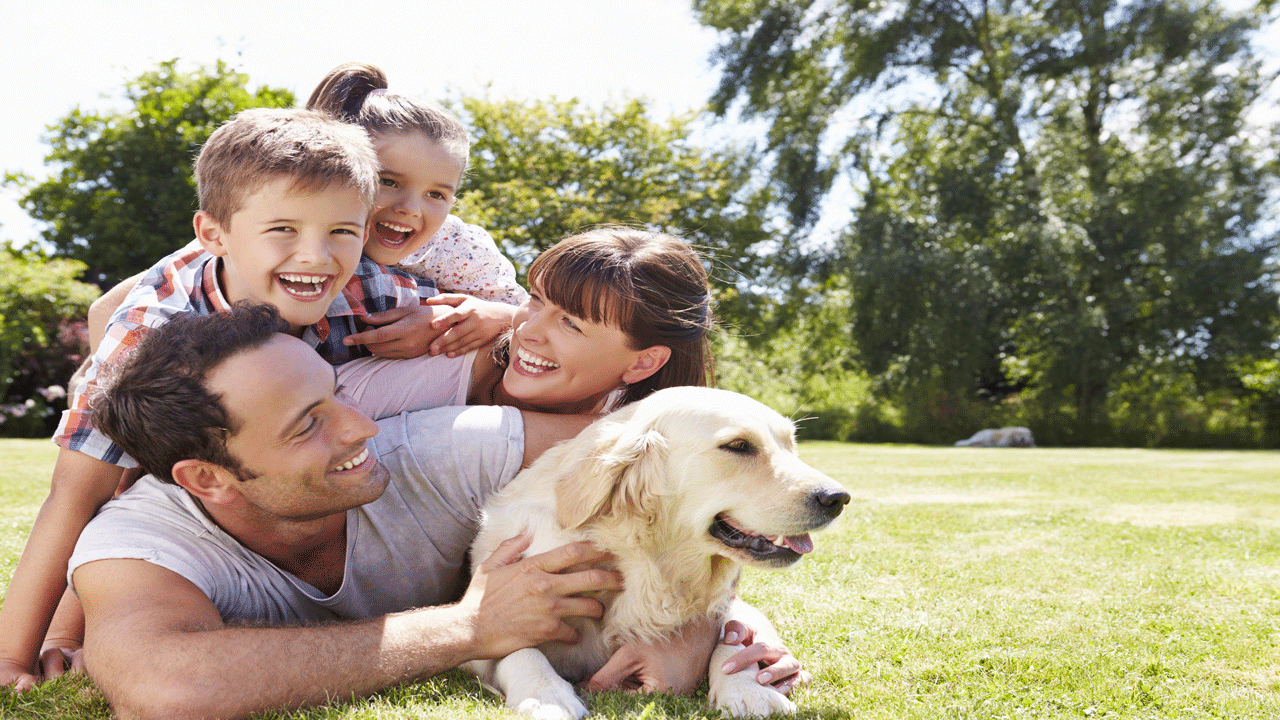
It’s essential to have a well-behaved and socialized pet during a disaster.
This will make them easier to manage in potentially chaotic situations.
Make sure to expose your pets to different environments and people early on so they are comfortable and calm during a disaster.
#9. First Aid Kit

A first aid kit with bandages, gauze, saline solution, and any necessary medications specifically for your pet is essential during a disaster.
Also, consider taking a pet first aid class or speaking with your veterinarian for guidance on creating a kit and learning basic first aid techniques for pets.
#10. Collar and ID Tag

If your pet gets separated from you during a disaster, ensure they wear a collar with an identification tag.
Include your name, phone number, and any relevant information on the tag, such as medical conditions or medications.
#11. Bug Out Bag
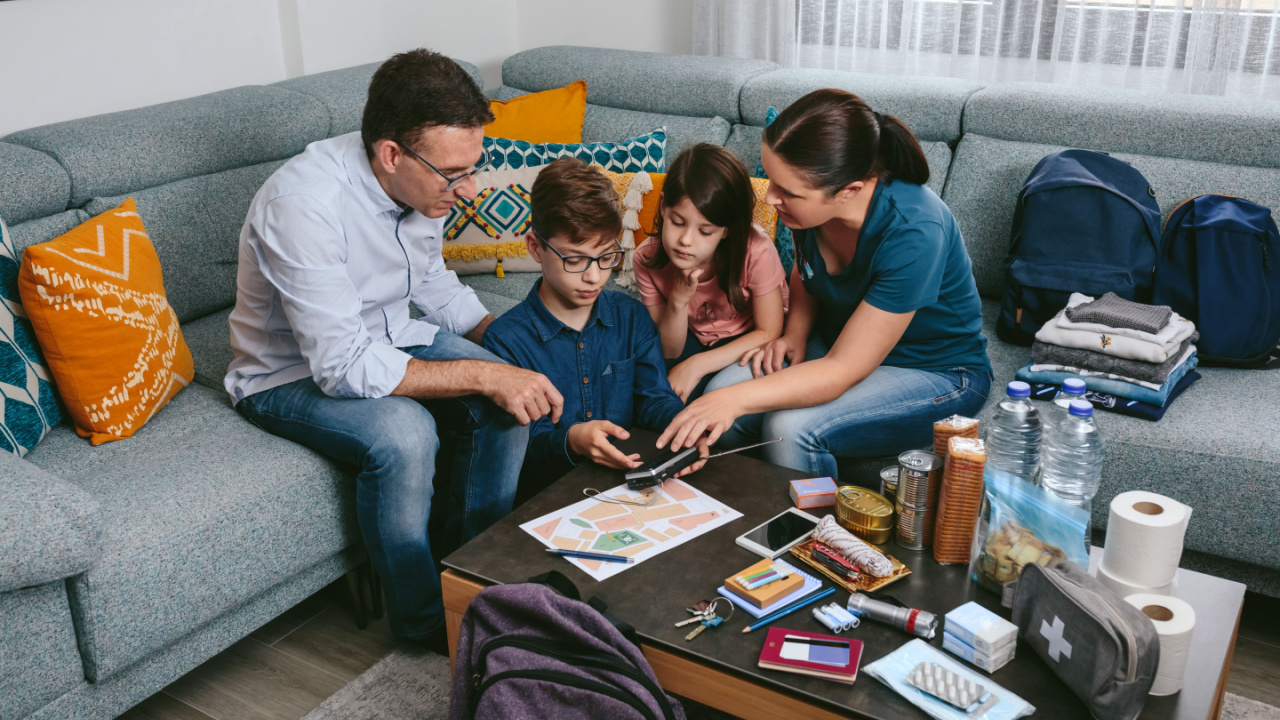
Like a go-bag for humans, create a bug-out bag specifically for your pet with food and water bowls, extra food and water, medications, first aid supplies, toys, and any important documents (veterinary records, license information) in a waterproof bag.
Keep this bag in an easily accessible location so you can grab it quickly if you need to evacuate.
#12. Carrier or Crate

If you need to evacuate with your pet, having a sturdy carrier or crate is essential. It will provide a safe and secure place for your pet during transport.
Ensure the carrier has proper ventilation and is large enough for your pet to stand up, turn around, and lie comfortably.
#13. Litter and Sanitation Supplies
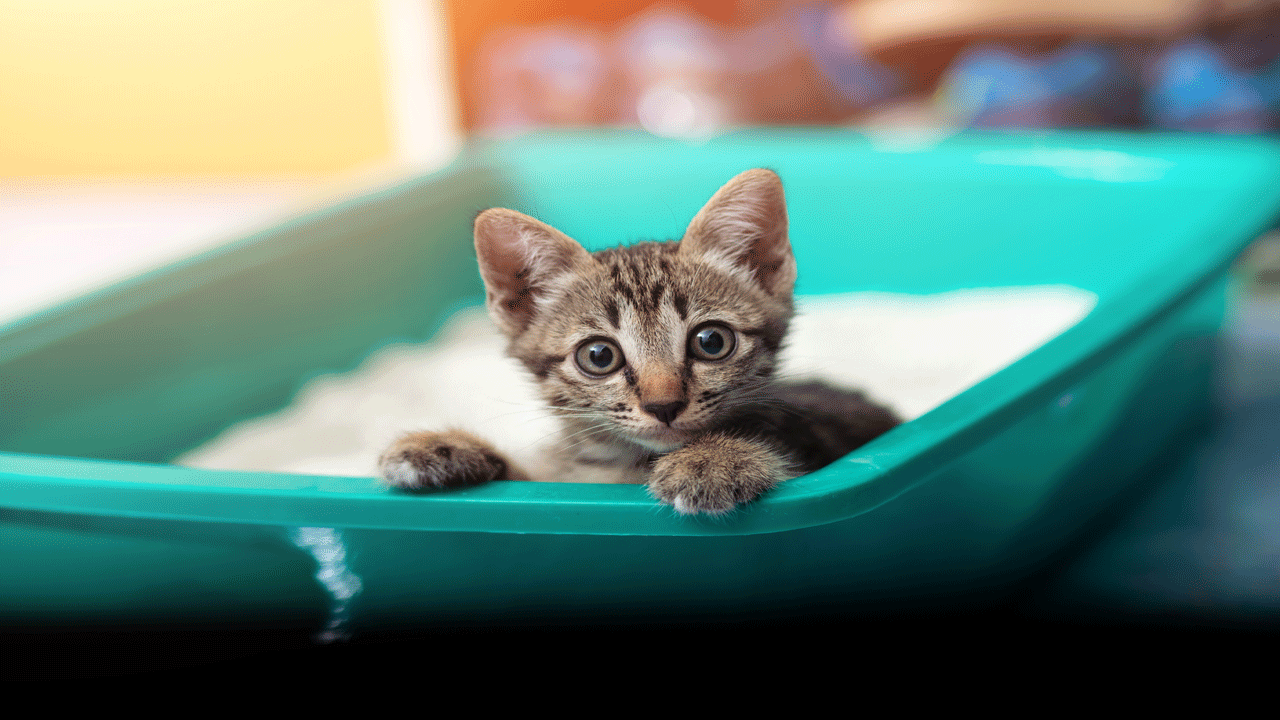
If you have a cat, include a small litter box and enough litter for at least a few days.
For dogs, include poop bags and cleaning supplies so if they need to go potty during the evacuation.
Also, pack some pet-safe disinfectant wipes or spray in case your pet has any accidents in the carrier or crate.
#14. Toys and Comfort Items
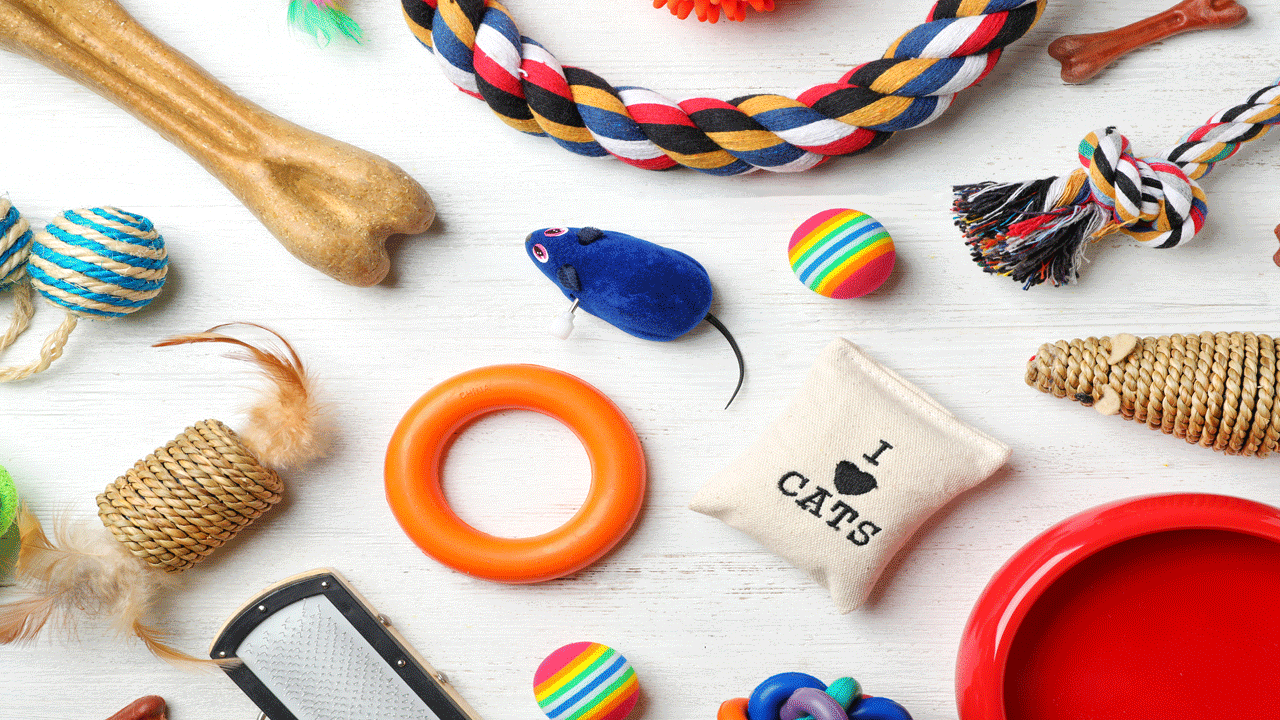
Bringing along some of your pet’s favorite toys or comfort items can help reduce their stress during an emergency evacuation.
Pack a few of their favorite toys, blankets, or even a piece of clothing with your scent to make them feel more at ease.
#15. Photos
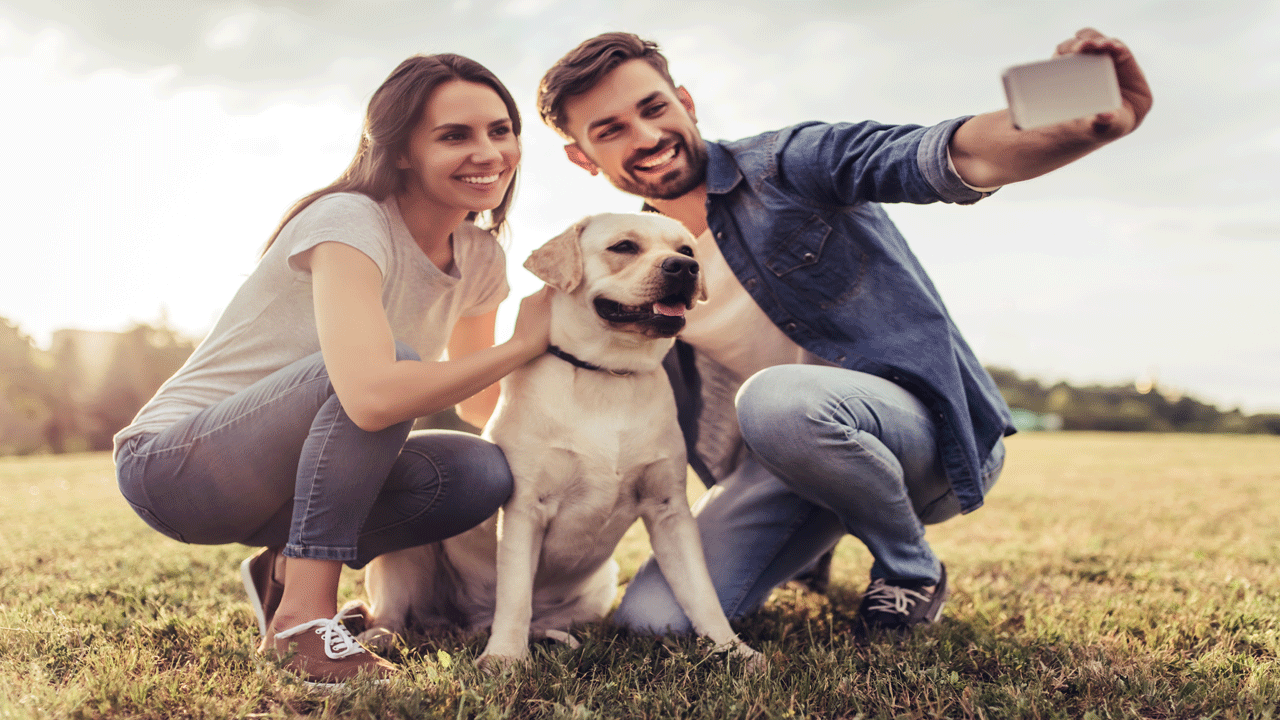
If your pet gets lost during the evacuation, having a recent photo of them with you is essential.
Include a printed photo or save one on your phone to show others if you need help locating your furry friend.
#16. Food and Water Bowls

Don’t forget to pack food and water bowls for your pet! In the chaos of an evacuation, it’s easy to overlook these essentials.
They will enjoy having familiar food and water dishes to eat and drink from, which can help reduce their stress levels.
#17. Bedding

Having a familiar place to rest and sleep can help them feel more secure and comfortable in an unfamiliar environment.
Make sure to label their bedding and crate with their name and your contact information in case they get separated from you.
#18. Grooming Items

Pack a brush or comb, nail clippers, and other grooming items for your pet.
In stressful situations, animals may shed extra fur or get dirtier than usual, so these tools are important to keep them clean and comfortable.
#19. Towels and Cleaning Supplies

Accidents happen, especially when traveling with pets, and it’s best to be prepared by packing towels and cleaning supplies such as pet-safe disinfectant wipes or spray.
These will come in handy if your pet has an accident or gets sick, helping to keep both them and their environment clean and hygienic.
#20. Treats
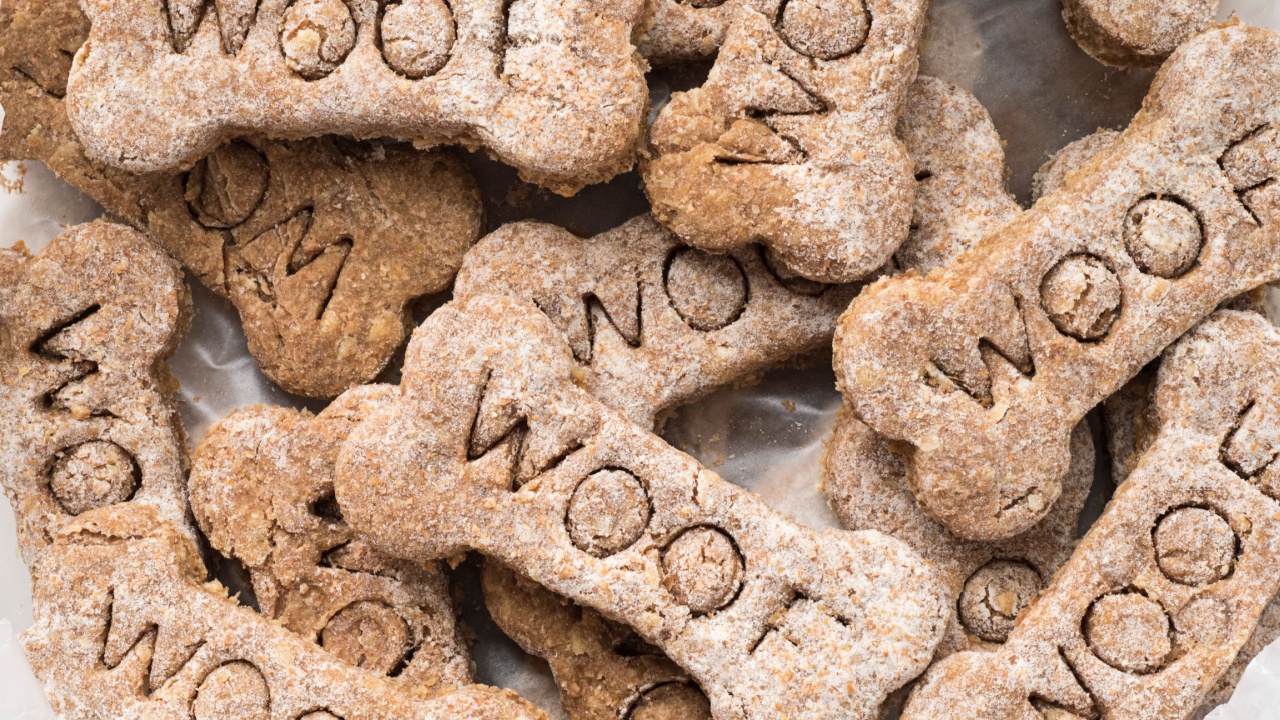
Don’t forget to pack your pet’s favorite treats.
Having treats on hand can reward good behavior or keep them occupied during long travel times.
#21. Rope
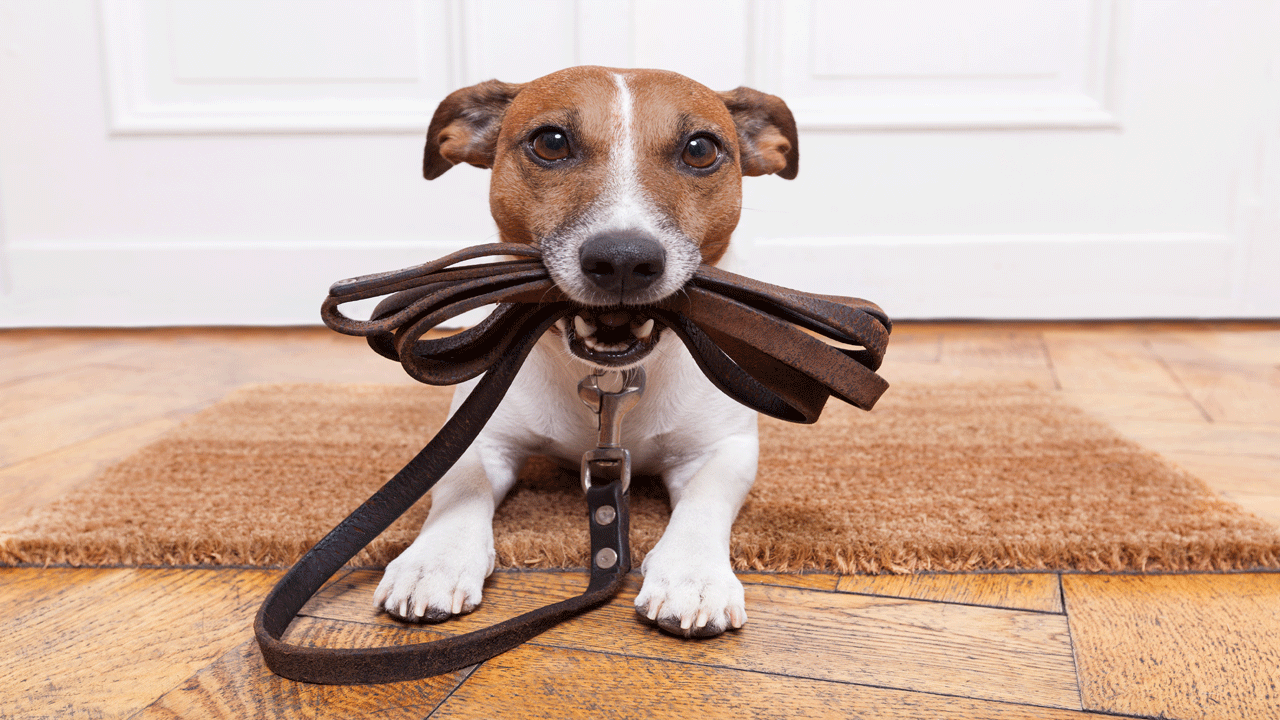
If you have to be outdoors for extended times during a disaster, it’s important to have a way to secure your pet.
You can use a rope or sturdy leash to tie down your pet safely and securely, and it will also come in handy if you need to set up a temporary shelter for your pet.
#22. Kennel Train

Ensuring your pet is trained and comfortable in a kennel is essential.
Start by introducing your pet to the kennel with treats and positive reinforcement, and
gradually increase the time they spend in the kennel until they are comfortable being inside for extended periods.
This will also be useful if you must evacuate and bring your pet to a shelter, as most shelters require pets to remain in crates or kennels.
#23. Survival Skills for Your Pet
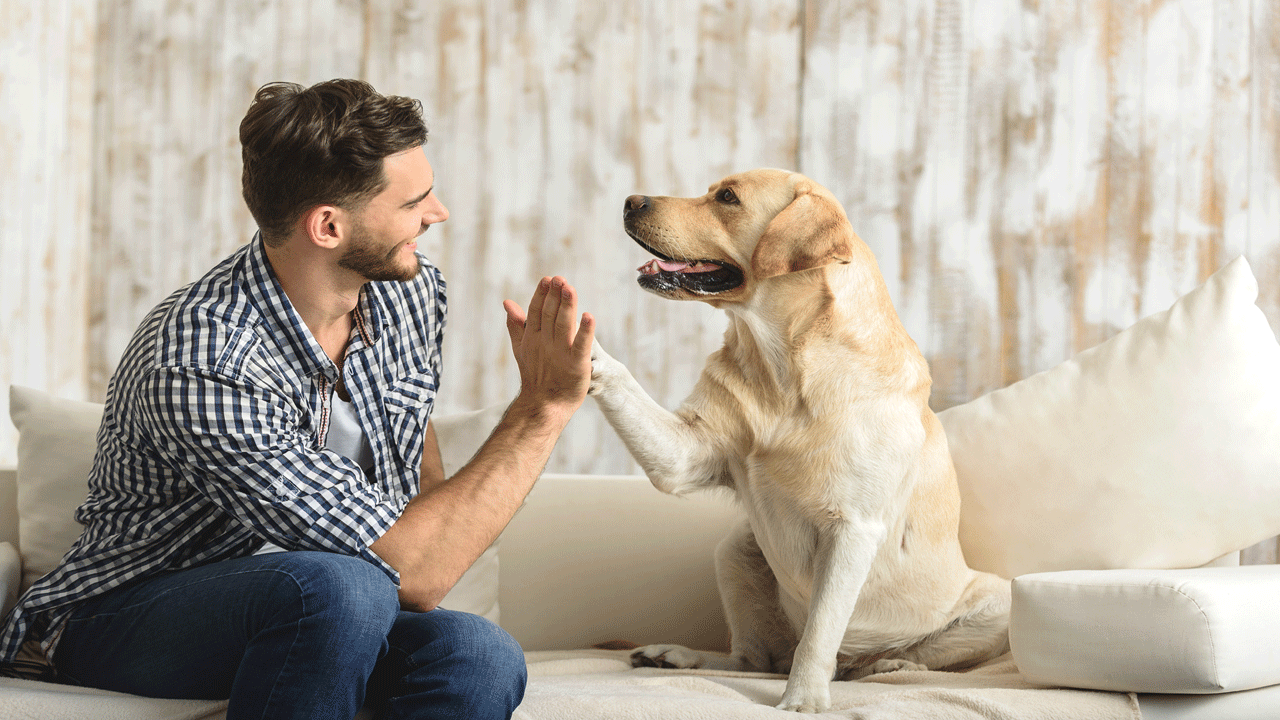
In case of a natural disaster or emergency, your pet needs to have basic survival skills.
For dogs, this can include following simple commands such as sit and stay, and for cats, ensuring they are litter box trained and you can easily transport them in a carrier is key.
#24. A Safe Place To Stay

In an evacuation, planning ahead and knowing where you and your pet will go is important.
Some hotels are pet-friendly, but it’s always best to call ahead and confirm their policies.
20 Crucial Supplies for Surviving a Societal Collapse

In the face of uncertainty, being well-prepared gives you at least some degree of control and security. The thought of a societal collapse, while extreme, prompts us to consider how we might endure without the conveniences of our current lifestyle. Here’s a list of 20 essential items that could prove indispensable in such a scenario. This guide isn’t about succumbing to fear but embracing preparedness and resilience.
14 Essential Canned Goods for Your Emergency Pantry
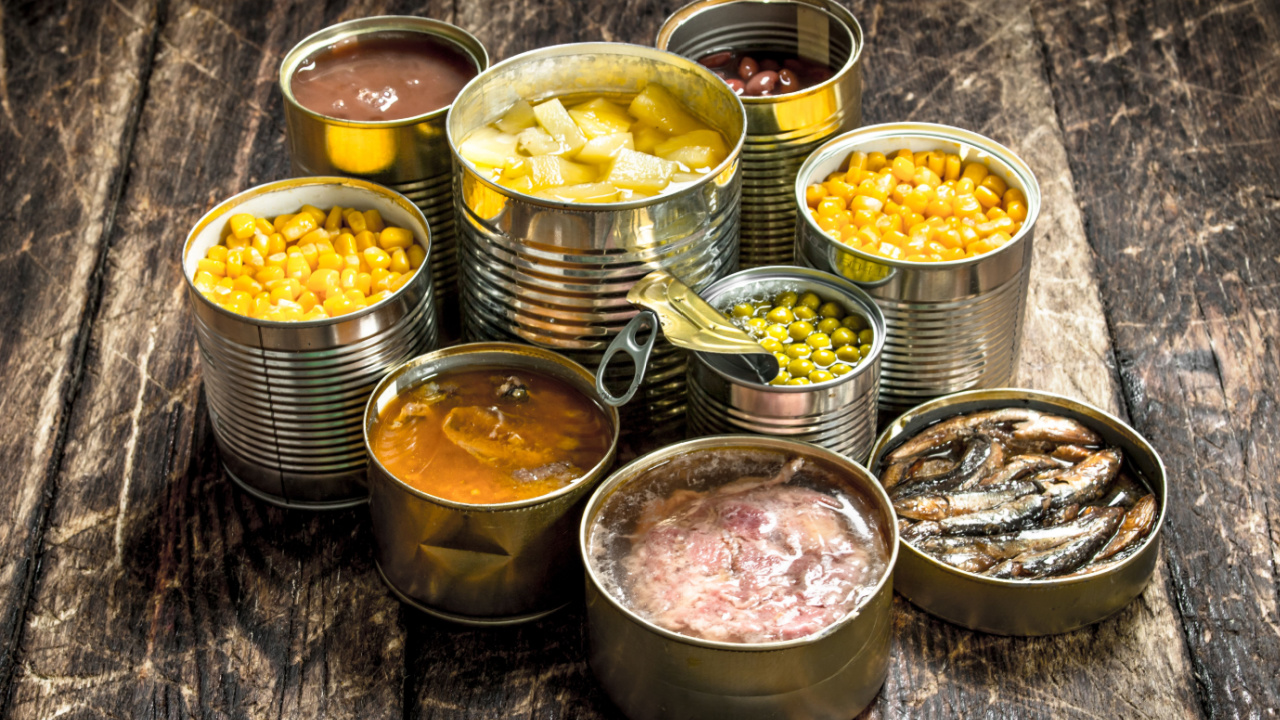
I firmly believe in keeping a well-stocked emergency pantry. While fresh food is ideal, in a survival situation, we may not be that lucky. So, for my family, even though we grow a lot of our own food, canned goods play a crucial role in emergency preparedness. They offer a reliable source of nutrition when access to fresh produce may be limited. The goods you stockpile should be affordable, easy to store, and full of nutrition.
Best Regions in the U.S. to Escape to When Society Collapses

Choosing a refuge in the event of societal collapse involves weighing the pros and cons of each location against your personal preparedness goals and abilities. Whether you’re drawn to the solitude of the desert or the protective heights of the mountains, the key is finding a place that offers safety and the opportunity for growth and renewal.
